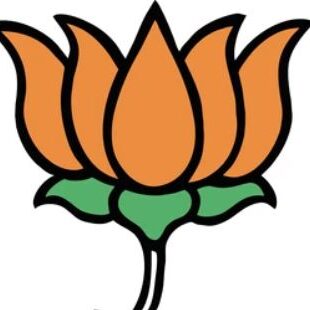Diwali celebrated

Millions of Indians joyously marked the auspicious occasion of Diwali on a Sunday, creating a spectacle that not only illuminated the night with a vibrant display of earthen oil lamps but also etched its name in the Guinness World Records. This annual Hindu festival of lights signifies the triumph of illumination over obscurity and is celebrated with fervor across the nation.
The heart of this luminous spectacle unfolded at the Saryu River in Ayodhya, Uttar Pradesh, a place deeply resonant with religious significance as the birthplace of the revered deity, Lord Ram. As the sun dipped below the horizon on a Saturday evening, devotees congregated to partake in the ritual lighting of over 2.22 million earthen lamps, maintaining their glow for an awe-inspiring 45 minutes. The air resonated with Hindu religious hymns, creating a spiritual ambiance along the riverbanks.
This extraordinary feat not only captured the essence of Diwali but also secured a place in the Guinness Book of World Records. In a symbolic gesture, representatives of the esteemed record-keeping institution bestowed a certificate upon Yogi Adityanath, the top-elected official of the state. Last year’s celebration had seen over 1.5 million lamps lit, making this year’s event a remarkable escalation.
The orchestration of such a monumental event required the collective efforts of more than 24,000 volunteers, primarily composed of enthusiastic college students. Pratibha Goyal, the Vice-Chancellor of Dr. Ram Manohar Lohia Avadh University in Ayodhya, attested to the diligent preparations made by this dedicated cohort.
The significance of Diwali extends beyond its record-setting illumination. This national holiday in India is a time for socializing and exchanging gifts with family and friends. Many participate in the age-old tradition of lighting earthen oil lamps or candles, and fireworks add to the festivities. In the evening, a special prayer is dedicated to the Hindu goddess Lakshmi, believed to be the harbinger of luck and prosperity.
The celebrations unfolded against the backdrop of growing concerns about air pollution in India. In the preceding weeks, the air quality index had soared to a “hazardous” level of 400-500, exceeding the global safety threshold by more than tenfold. Such alarming levels of pollution can lead to acute and chronic respiratory issues, including bronchitis and asthma attacks.
However, the weekend brought unexpected relief as rain and strong winds swept through the region, significantly improving air quality levels. According to the government-run Central Pollution Control Board, the air quality index dropped to 220 on Saturday, providing a reprieve from the hazardous conditions that had cast a shadow over the festivities.
The Diwali celebration also prompted logistical considerations, as authorities arranged for additional trains to accommodate the surge of people traveling to their hometowns for family reunions and festive gatherings. The collective exodus to join loved ones in celebrating the festival underscored the cultural and familial significance that Diwali holds for people across the country.
While the dazzling display of lamps set a record and brought communities together, the juxtaposition of these joyous festivities with concerns about air quality serves as a poignant reminder of the environmental challenges faced by India. As the nation revels in the triumph of light over darkness, the need for sustainable practices and environmental stewardship becomes increasingly apparent. The dichotomy of a record-breaking Diwali celebration and the looming specter of air pollution highlights the delicate balance between tradition and environmental responsibility in the vibrant tapestry of India’s cultural landscape.










